The Matisse cut-outs show has arrived at New York’s Museum of Modern Art (MoMA), trail-blazed for four months by mouthwatering reports of its runaway success at London’s Tate Modern. Expectations are high, even in this city of extraordinary art shows in extraordinary museums. And it is meeting them full on. Moreover, those who enjoyed the Tate Modern show will need to hop across the Atlantic for this version to enjoy 15 more cut-outs, 30 more drawings and a whole extra room.

Nuit de Noël (maquette for stained glass window; 1952), Henri Matisse © 2014 Succession H. Matisse / Artists Rights Society (ARS), New York
The hundred or so cut-outs and many related drawings, books, stained glass windows and textiles that Matisse (1869–1954) began making in his 60s are arranged roughly chronologically. First there are the early Barnes Foundation Murals, the small-scale Jazz book (which he called ‘an absolute failure’) and the Vence chapel (‘my masterpiece’); the show ends with the bold late The Parakeet and the Mermaid (‘I became a parakeet. And I found myself in the work’). Complementary works give shape to Matisse’s major projects. ‘A maquette for a stained-glass window and the window itself are like a musical score and its performance by an orchestra’, said the artist of his Nuit de Noel stained glass window, which was exhibited at the Rockefeller Center in 1952. Both the maquette and the window are now in MoMA’s collection, and part of this show.
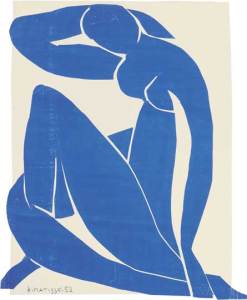
Blue Nude II (spring, 1952), Henri Matisse © 2014 Succession H. Matisse / Artists Rights Society (ARS), New York
In every piece, it seems, Matisse defied his age by surging on, unstoppably innovative, ‘cutting directly into vivid colour’. His assistant Lydia Delectorskaya recalled how, in 1952, the 83-year-old artist revised his Blue Nudes again and again: ‘Each on a different day, they had been cut in one line, with one stroke of the scissor, in 10 minutes or 15 at the maximum’. The cut-outs Blue Nude, the Frog and The Wave (both 1952) plus five related studies are all new to the MoMA show.
But it is MoMA’s own The Swimming Pool room that transforms the show from its Tate Modern incarnation. As MoMA director Glenn Lowry says: ‘This is Matisse’s only site-specific cut-out’, which post-conservation formed the original kernel of the whole exhibition.
The story goes that one fine morning in the summer of 1952 Matisse and Delectorskaya set out to a public pool in Cannes because ‘he wanted to see divers’. But the searing heat drove them home where Matisse declared ‘I will make myself my own pool’. He directed Delectorskaya to attach a wide strip of white paper around the burlap-coated walls of his dining room at the Hôtel Régina in Nice, at a height just above Matisse’s head when standing. Matisse cut his divers, swimmers and sea creatures from paper painted ultramarine blue, pinning them onto the white paper where they took on their own life, splashing and dancing. The ensemble is considered the culmination of Matisse’s cut-out work, its forms reduced to elemental simplicity, the tension of positive and negative spaces taken to a new edge.
After Matisse’s death in 1954, the mural was removed from the Hôtel Régina; MoMA acquired it in 1975. When their 1992–3 Matisse exhibition came down, the burlap was considered degraded and the whole work in need of major restoration, which duly began in 1999. The restorer Paul Butler’s triple aim was to restore the colour balance with new burlap, reinstall the work at its original height, and recreate the proportions of Matisse’s dining room. More than 2,000 hours were spent removing the old burlap, often thread by thread, attaching specially dyed new material, mending the white paper, in-painting scratches and abrasions. It was then installed using the original pinholes. This room alone would be a good enough reason to see the show.
‘Henri Matisse: The Cut-Outs’ is at the Museum of Modern Art (MoMA), New York, from 12 October–8 February 2015.
Related Articles
Review: Matisse’s cut-outs at Tate Modern are brimming with life (Lowenna Waters)
Review: Tate’s ‘Matisse Live’ (Imelda Barnard)
Unlimited access from just $16 every 3 months
Subscribe to get unlimited and exclusive access to the top art stories, interviews and exhibition reviews.

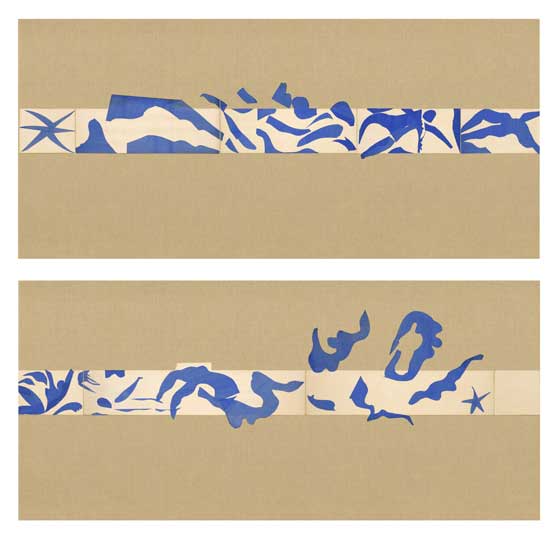
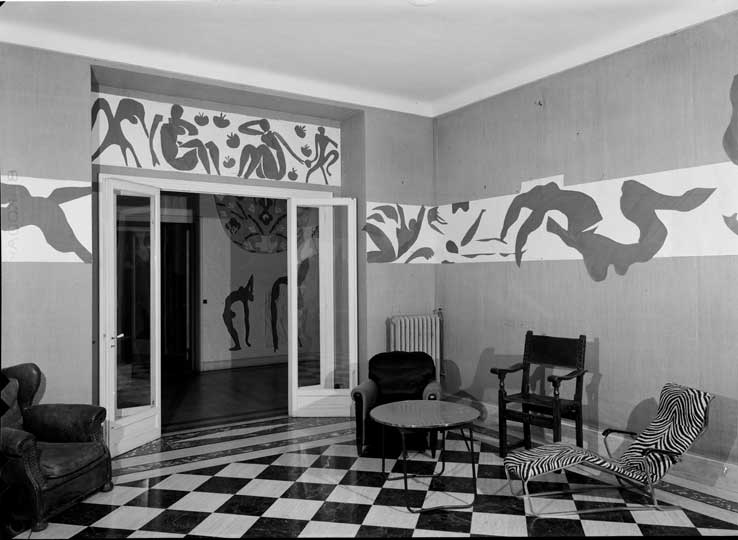
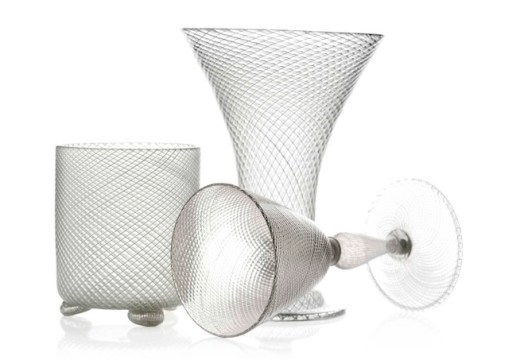
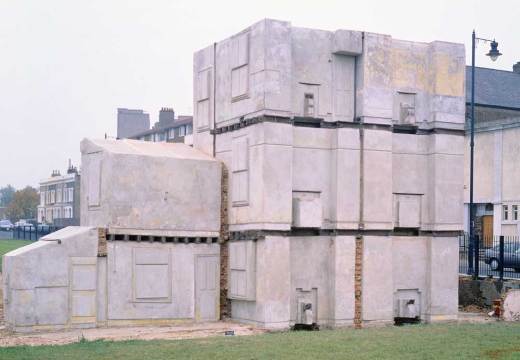
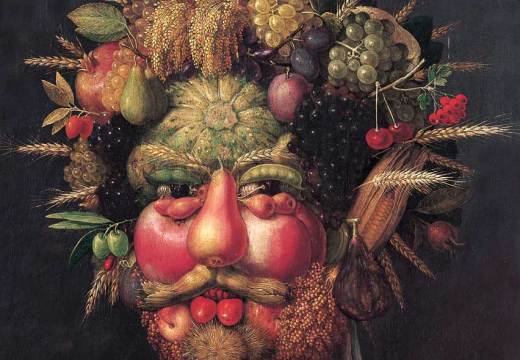









![Masterpiece [Re]discovery 2022. Photo: Ben Fisher Photography, courtesy of Masterpiece London](http://www.apollo-magazine.com/wp-content/uploads/2022/07/MPL2022_4263.jpg)
It’s time for the government of London to return to its rightful home